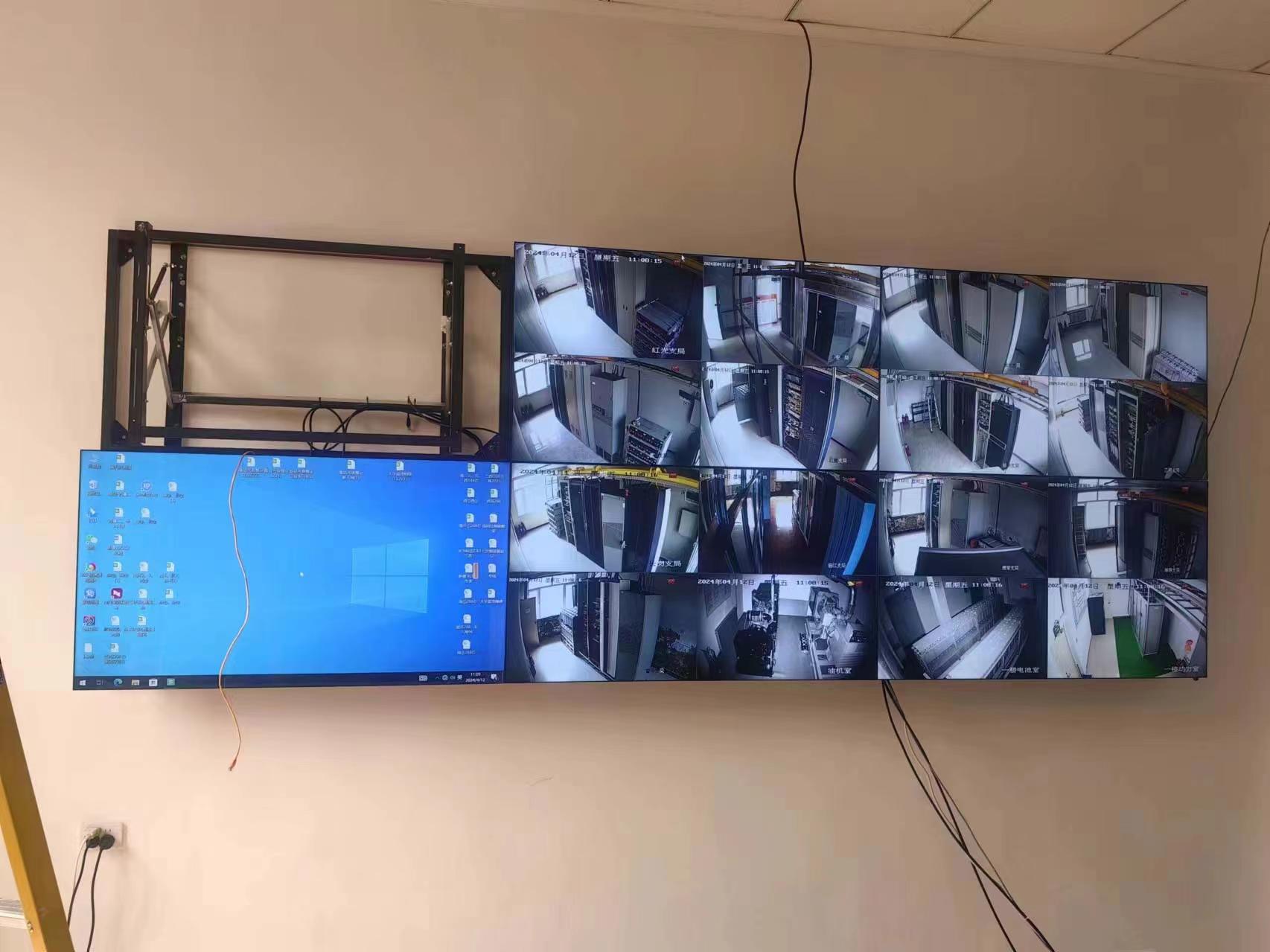How to solve the problem of bad black tones on both sides of the LCD splicing screen?
With the development of the high-tech era, the use of LCD splicing screen displays has become increasingly popular. However, since users do not understand the internal structure of the large screen of the LCD splicing wall, there are many problems in the use of the LCD splicing wall. The poor black tones on the left and right of the display screen are also one of the common problems. How to solve the problem of poor black tones on the left and right of the LCD splicing wall display screen?
To solve the problem of black screens on the left and right of the LCD splicing wall large screen, usually only 5 tricks are needed. The LCD splicing screen manufacturer Beloong will teach you.
Trick 1: Check whether the graphics card is over-overclocked. If the graphics card is over-overclocked, irregular and intermittent horizontal stripes will generally appear. At this time, the overclocking amplitude should be appropriately reduced. Note that the memory frequency should be reduced first.
Trick 2: Check whether the connection between the LCD splicing screen and the graphics card is loose. Poor contact will cause "clutter" and "noise"-shaped flower screens to appear, which is the most common phenomenon.
Trick 3: Check whether the resolution or refresh rate of the LCD splicing screen is set too high. The resolution of LCD splicing screen is generally lower than that of the display. If it exceeds the optimal resolution recommended by the splicing screen manufacturer, the screen may be distorted.
Tip 4: Check whether an incompatible graphics card driver is installed. This situation is generally easy to be ignored because the update speed of graphics card drivers is getting faster and faster, and some users are always eager to install the latest version of the driver. In fact, some of the latest drivers are either test versions or optimized versions for a specific graphics card or game. Using such drivers may sometimes cause screen distortion. Therefore, it is recommended that you try to use Microsoft-certified drivers, and it is best to use drivers provided by graphics card splicing screen manufacturers.
Tip 5: Check the quality of the graphics card. If the screen distortion problem occurs after replacing the graphics card, if the previous tricks do not work, you should check whether the graphics card's anti-electromagnetic interference and electromagnetic shielding quality are up to standard. The specific method is: install some components that may generate electromagnetic interference as far away from the graphics card as possible (such as hard disk), and then see if the screen distortion disappears. If it is determined that the electromagnetic shielding function of the graphics card is not up to standard, the graphics card should be replaced, or a shielding cover should be made by yourself.

